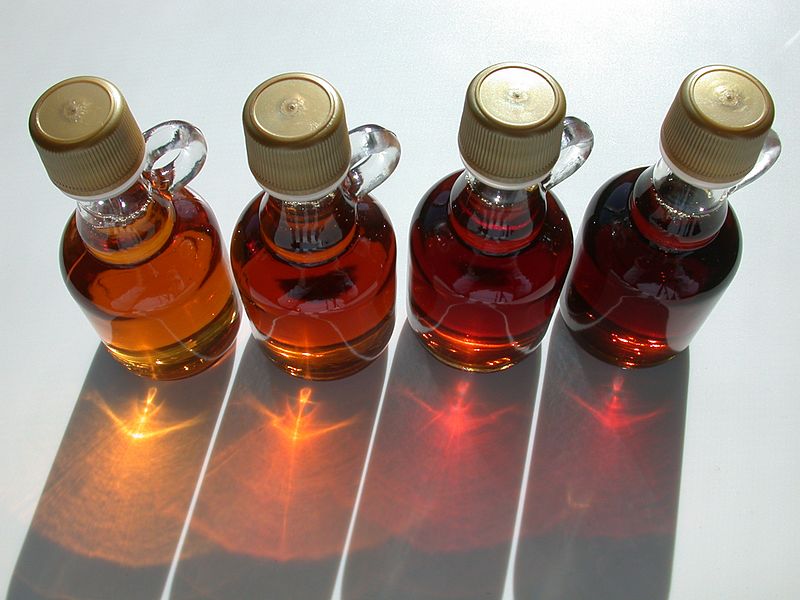KINGSTON, R.I. — Sept. 6, 2018 —The desire to look young and vibrant often drives people to such measures as temporarily paralyzing the muscles in their faces. But thanks to University of Rhode Island researchers, those looking to maintain their youthful appearance may be able to do so without injecting toxic bacteria into their bodies.
College of Pharmacy Professor Navindra Seeram has led a team of researchers in unlocking a myriad of medicinal benefits that can be derived from the maple tree. Studying maple sap, syrup, leaves and bark, Seeram’s team is looking at ways to use the tree to regulate blood glucose levels, reduce inflammation and treat metabolic syndrome, among other uses. One of the more novel benefits of the maple tree — long used by Native peoples to treat a host of ailments — is to improve the appearance of the skin, the researchers have found.
The researchers looked at the phenolic compounds in maple leaves, which have shown an ability to inhibit elastase, an enzyme that breaks down the protein elastin. That breakdown causes the skin to lose its elasticity as it ages, causing wrinkles. Incorporating the maple compounds into a topical ointment or lotion could show promise in inhibiting elastase, reducing wrinkles and lightening freckles and age spots.
“If we can inhibit that enzyme, it can lead to less wrinkling,” Seeram said. “It is very promising; there are also clear anti-inflammatory benefits and skin lightening effects as well. We’re very excited. However, as always, the proof in the pudding will be in human clinical trials.”
Those trials should begin soon as Verdure Sciences, Inc. — an Indiana company specializing in botanical extracts, which is partnering with URI on the maple research — is ramping up production of the extract in preparation for clinical trials. The topical could be an alternative to Botox, which is derived from the same toxic bacteria that causes botulism, a life-threatening type of food poisoning. Doctors inject small doses of the drug under the skin to temporarily paralyze the muscles in the face, preventing them from contracting and causing wrinkles in the skin. The maple extract could have the same effect by simply being applied topically to the skin, without affecting the muscles of the face.
Improved skin is just one of the potential benefits of the maple tree, and researchers continue to uncover additional medicinal uses. That should not be a surprise, Seeram said, as the maple tree has been used for generations as a source of healing.
“People look for medicinal plants all over the world, like the Amazon, India or China. And we have an exotic plant right here in eastern North America that’s been used for centuries,” Seeram said, noting his team’s research could prove beneficial to the region economically. “Right now, maple trees are used only for sap and syrup. This is a value-added product that would diversify farmers’ portfolios and could ultimately impact the regional economy.”

